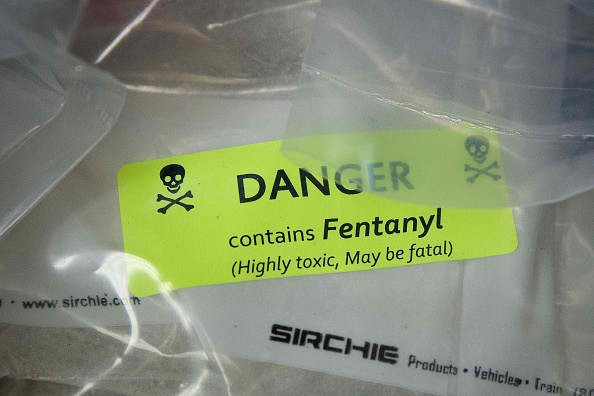A recovering heroin addict, Miller Atkinson, shared the story of how he got hooked on drugs. He was 24 years old when he started using.
Atkinson would use heroin every day and his addiction grew worse. He dropped out of school and eventually had to find a higher level of satisfaction.
When he was introduced to heroin that was laced with fentanyl, he said, "Wow, that was good, we need to get more of that."
He and his friends then noticed that more addicts are dying from an overdose, which was the turning point for Atkinson.
The fentanyl-laced heroin is the cause for the rise in opioid overdoses in the U.S. The Centers for Disease Control and Prevention reported that the deaths in 2015 increased by 4,000 from the previous year.
The U.S. is the biggest market for opiates. America consumes 85 percent of the world's global supply of natural and synthetic opiates.
This synthetic drug is from opiate labs in China, according to Tim Reagan, head of the U.S. Drug Enforcement Administration in Cincinnati.
Reagan said that many underground opiate manufacturers no longer use poppy seeds because it is much easier and cheaper to make heroin mixed with fentanyl.
"For the cartels, why wait for a field of poppies to grow and harvest if you can get your hands on the precursor chemicals and cook a batch of fentanyl in a lab?" he said.
The public grew more aware of the drug problem when famous musician Prince died of an overdose of fentanyl.
The DEA then found out that a derivative of fentanyl was being used. This drug is Carfentanil and is used to tranquilize elephants. A drug bust in Calgary revealed that a shipment of the illegal drug entered Canada and was labeled as "printer accessories."
Lakshmi Sammarco, the coroner for Hamilton County, said, "We were hearing about something so dastardly we had to be prepared."
The DEA went to China's drug enforcement agency and the Chinese admitted that the production of fentanyl in China was "loosely regulated."
China is now cooperating with the U.S. in its fight against illegal drugs.



























